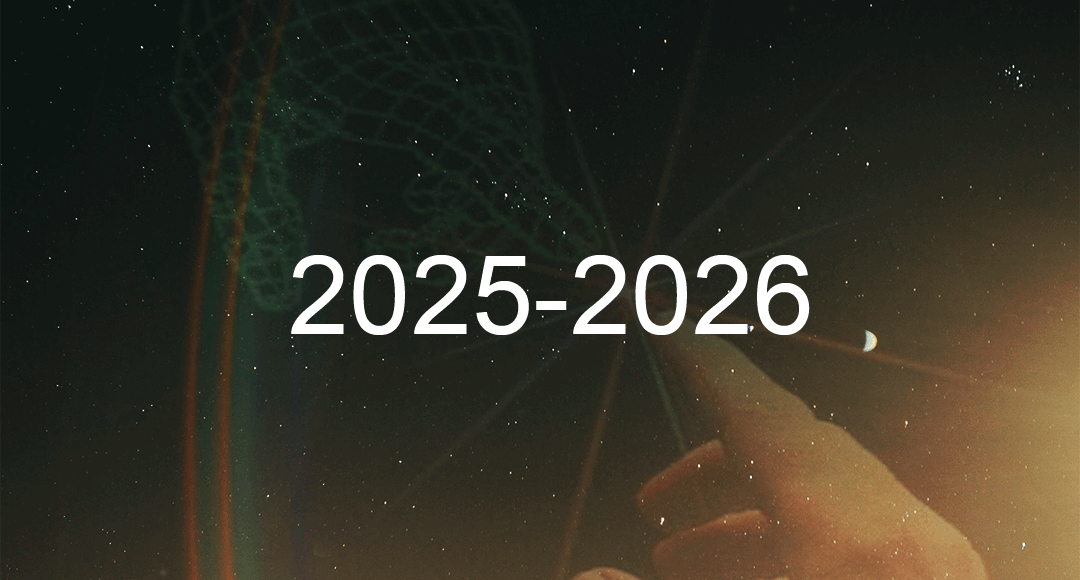Why do Japanese hotels have backdoors through garages instead of a main entrance? What do public spaces and the way they are designed say about the city they’re in? And why is it important to have well-lit parks at night with trimmed hedges? The material world and the way it is designed tells a lot about ourselves. The hardcopy society isn’t a collection of random objects; read between the lines and you will learn about a people, a culture or a country.
If we look at our material world, can we say who we designed it for? Public space is a good yardstick to measure the status of a society. Who is a space for, who is invited to use it and who is excluded? Are differences tolerated? Can we put borders around spaces? Or countries? When do we leave the realm of public?
In this global society, differences are inevitable. But do we design it for all? And if not, can we do so? Coming Autumn, we’ll investigate the role of objects and more specifically of public space. Can we create spaces where all earth-dwellers feel welcome?
In Q2-3 we’re investigating digital space, who it is created for and how we make use of it. And in our Spring programme we will focus on our inner space: the brain. Is society fit for neurodivergence?
We will be on Summer break for a bit. But check out our first events after Summer.
We wish you a relaxing holiday for now. See you in the new Academic year.

